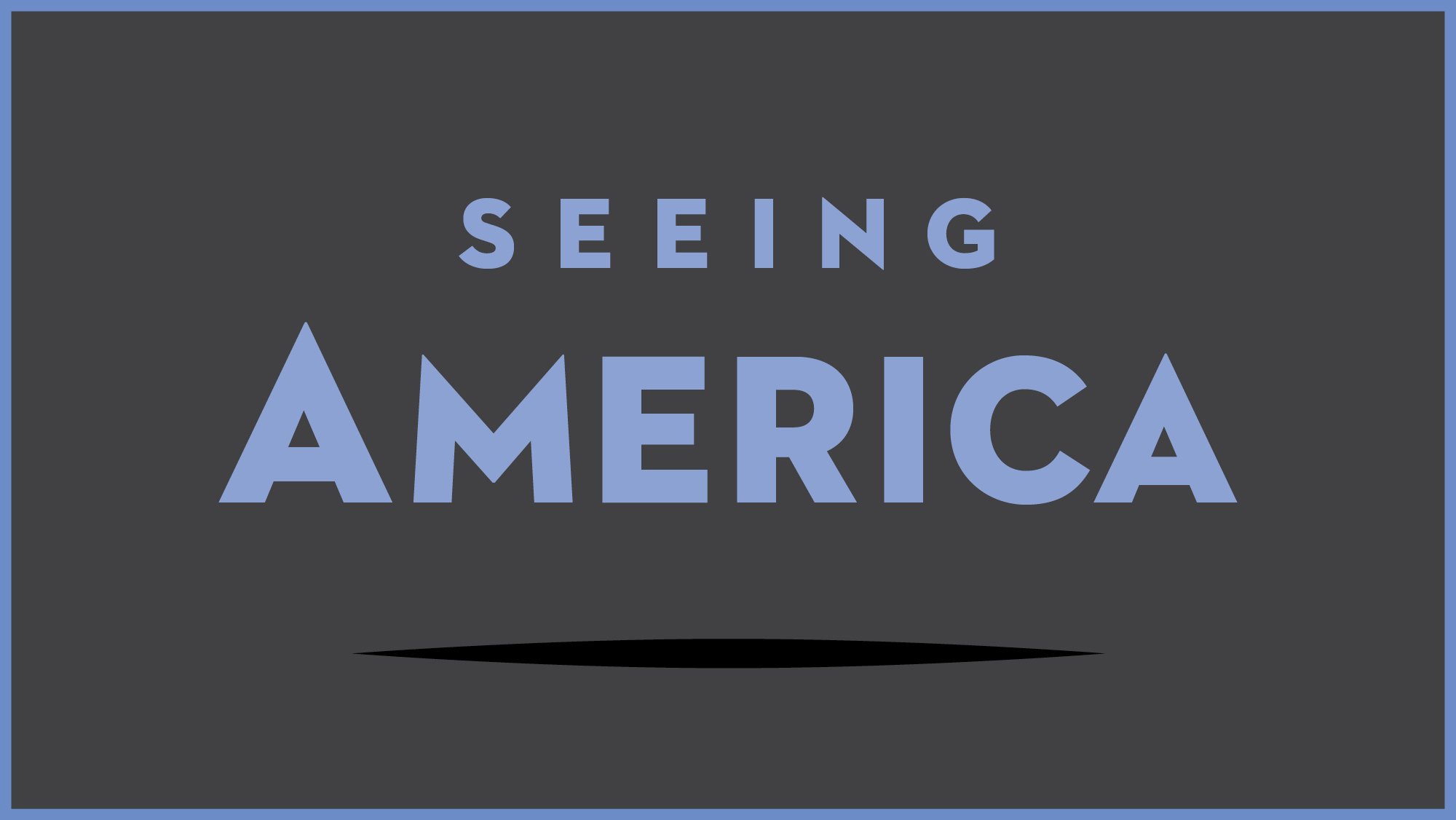Test your knowledge with a quiz
Hennings, Rabbit Hunt
Key points
- The Taos Pueblo Indians have maintained residence for centuries in what is now New Mexico. Their history was deeply affected by the Spanish colonial presence.
- The people in the painting wear 20th-century clothing as well as items that refer to their cultural identity as Pueblo people. This imagery disrupts the stereotype of the American Indian as belonging only to the past.
- In the early 20th century, the American Southwest became a popular destination for tourists. Railroads made travel easier and developed marketing materials promoting the region as a site for recreation.
- The landscape and the mix of Taos Pueblo Indians and Hispanic cultures drew academically-trained artists from cities like New York and Chicago. They were looking for fresh and distinctly American subjects that differed from the industrialized places the artists had come from.
Many readers today carry an image of New Mexico seen through the lens of Georgia O’Keeffe’s now famous paintings…But O’Keeffe is only the best-known of an extensive colony of artists drawn to New Mexico by its particular blend of austere beauty, premodern village life, and Pueblo and Hispanic spirituality. Beginning in the 1890s, artists from the East flocked to Taos and Santa Fe in northern New Mexico. Culturally remote from the Euro-dominated eastern half of the nation, New Mexico was, as Charles Lummis put it, “the United States which is not the United States.” Spanning the spectrum from academic to modernist, these artists struggled to anchor the lessons of their European training in native themes. The peasant cultures of Brittany had furnished subject matter for American artists working in France. Returning to the United States, they responded eagerly to the possibilities presented by the Pueblo Indians and Hispanic villagers of the Rio Grande Valley, whose lives seemed to embody a timeless round of earthbound ritual and communal piety.
From the Renaissance to the “new age” movements of the late twentieth century, Europeans have romanticized Native cultures as embodying virtues their own societies were lacking.
From Angela L. Miller, Janet Catherine Berlo, Bryan J. Wolf, and Jennifer L. Roberts, American Encounters: Art, History, and Cultural Identity (Washington University Libraries, 2018), p. 494. CC BY-NC-SA 4.0
Go Deeper
Learn more about this painting at the Denver Art Museum
What are some terms and issues to consider when learning about Native American arts and culture?
Learn about the Fred Harvey Company’s role in promoting tourism in the West
Read a biography of Fred Harvey
Look at the Fred Harvey Company records
More to think about
Compare Henning’s representation of Native Americans in Rabbit Hunt to photographs by Edward Curtis. How might images of Native Americans have contributed to perceptions about American Indians today?
Smarthistory images for teaching and learning:
[flickr_tags user_id=”82032880@N00″ tags=”Hennings,”]



